This year, my CPGE graduation project is a talk about fractals, so I might as well post the things I came up with. I learnt a lot, discovered many types of fractals I didn't know about, and I must say, I'm quite proud of the things I came up with, considering I've only been using SDL, numpy/matplotlib or GLSL to make them.
IFS fractals :
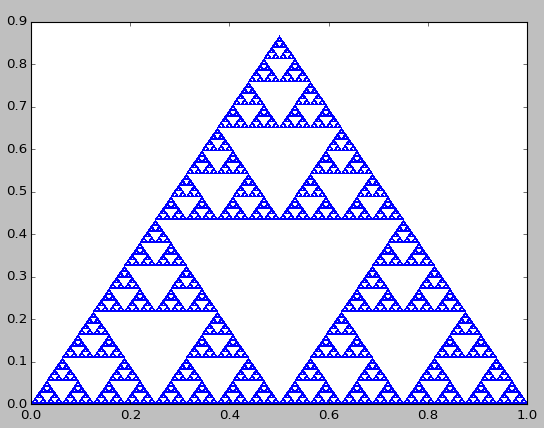
The very well-known. Needless to introduce the Sierpinski triangle.
BUT ! Did you know its lesser-known 3D brother ?
http://www.mirari.fr/sw1a (video, FLV format)
ET fractals (also called complex fractals, I'll let you guess why) :
The very well-known Julia sets with the usual ETA (Escape-Time Algorithm) rendering :
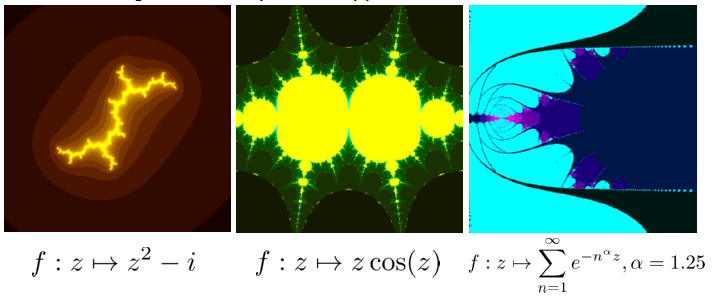
Alright alright, you'll have your Mandelbrot set this time too ... but with orbit trap rendering !
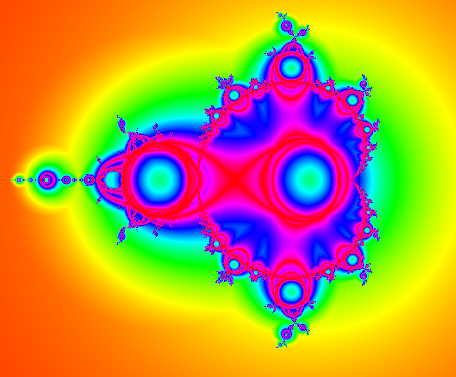
Orbit fractals (the ones I didn't know about) :
And I turn the def low ...
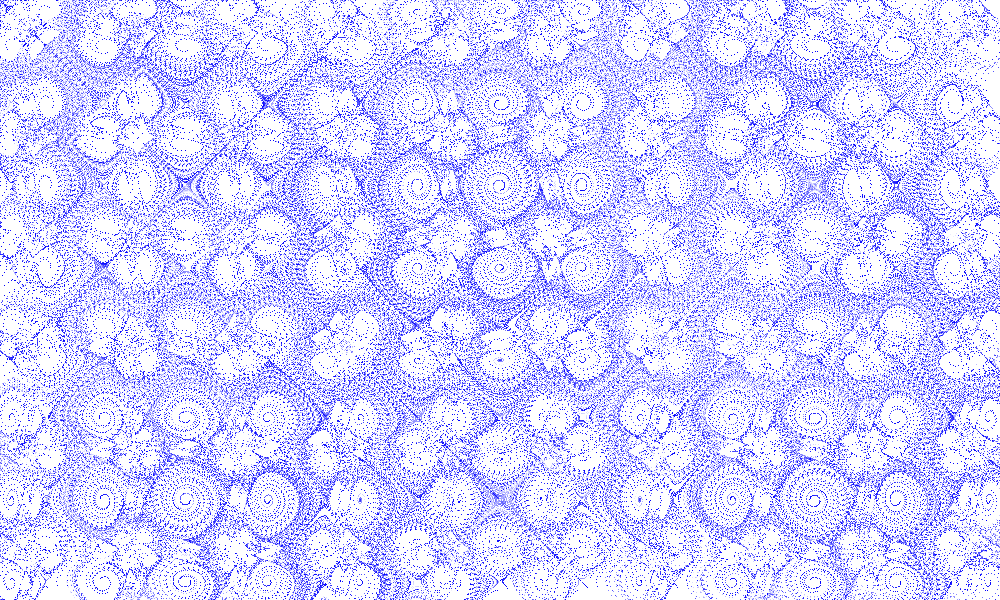
And I turn the def up !
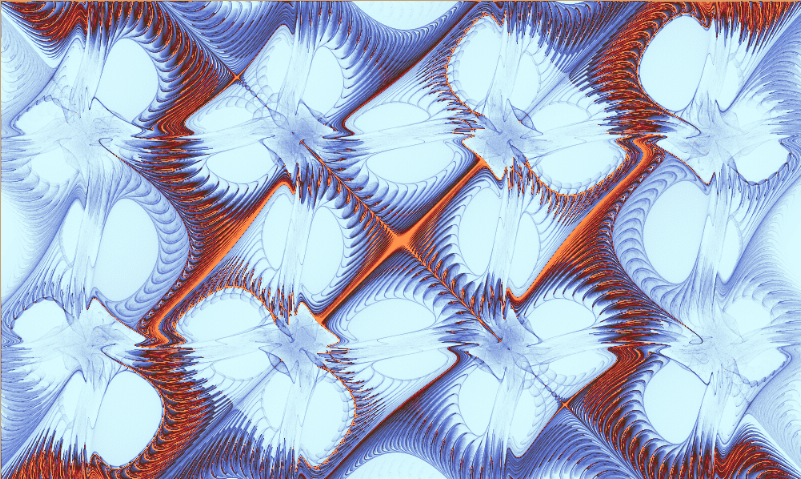
Fun fact about this one, it's so far the one and only time I ever had to calculate a number to the power 201. No kidding.
And there we go, that's about it. I might post more as I run more experiments, because why not.
IFS fractals :
The very well-known. Needless to introduce the Sierpinski triangle.
BUT ! Did you know its lesser-known 3D brother ?
http://www.mirari.fr/sw1a (video, FLV format)
ET fractals (also called complex fractals, I'll let you guess why) :
The very well-known Julia sets with the usual ETA (Escape-Time Algorithm) rendering :
Alright alright, you'll have your Mandelbrot set this time too ... but with orbit trap rendering !
Orbit fractals (the ones I didn't know about) :
And I turn the def low ...
And I turn the def up !
Fun fact about this one, it's so far the one and only time I ever had to calculate a number to the power 201. No kidding.
Code Select
unsigned int colorGradient(float t)
{
unsigned char *pixels = gradient->pixels;
float st = pow(t - 1, 201) + 1;
int offset = (int)(st * (gradient->w - 1)) * 3;
return (pixels[offset]) + (pixels[offset + 1] << 8) + (pixels[offset + 2] << 16);
}And there we go, that's about it. I might post more as I run more experiments, because why not.
 [/spoiler]
[/spoiler]








